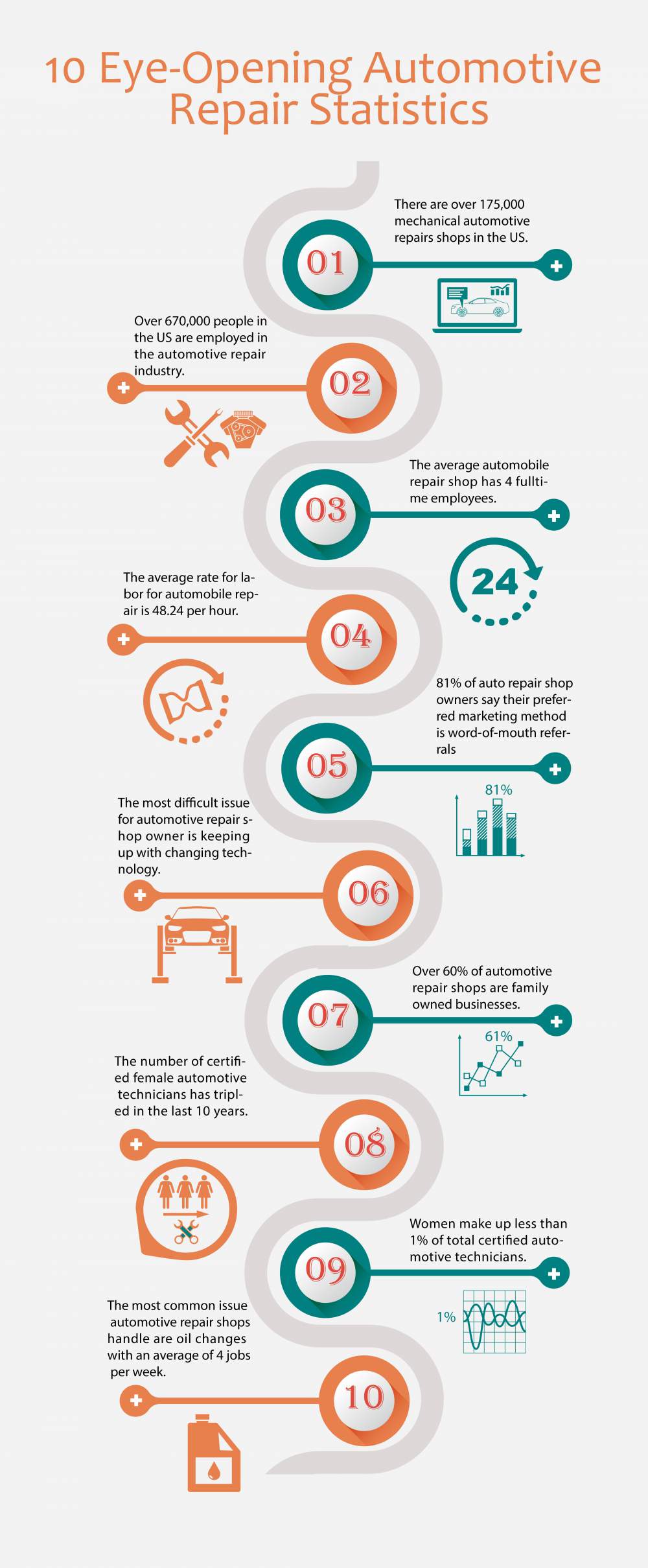Translating Your Auto'S Alert Lighting: Their True Implications
Translating Your Auto'S Alert Lighting: Their True Implications
Blog Article
Authored By-Lauritsen Shepherd
When you're behind the wheel, those radiant warning lights on your dashboard can be a bit complicated. Do you understand what they're attempting to tell you regarding your cars and truck's health? Recognizing the value of these lights is important for your security and the long life of your automobile. So, the following time among those lights appears, would not you intend to analyze its message accurately and take the needed actions to address it?
Common Caution Lights and Interpretations
Determine usual warning lights in your cars and truck and recognize their definitions to make sure secure driving.
One of the most normal caution lights consist of the check engine light, which signifies problems with the engine or exhausts system. If this light comes on, it's critical to have your vehicle inspected without delay.
The oil pressure warning light shows reduced oil stress, calling for immediate focus to avoid engine damages.
A flashing battery light may recommend a faulty charging system, potentially leaving you stranded if not addressed.
https://www.globenewswire.com/news-release/2022/07/06/2474806/0/en/Automotive-After-Market-Segmented-By-Vehicle-Type-By-Replacement-Part-And-Region-Global-Analysis-of-Market-Size-Share-Trends-For-2019-2020-And-Forecasts-To-2031.html (TPMS) light signals you to reduced tire stress, impacting car security and gas efficiency. Disregarding this can lead to risky driving conditions.
The abdominal light shows a problem with the anti-lock stopping system, endangering your ability to stop rapidly in emergencies.
Lastly, the coolant temperature level alerting light warns of engine overheating, which can result in serious damage otherwise fixed promptly.
Recognizing these typical warning lights will certainly help you deal with problems promptly and maintain secure driving problems.
Importance of Prompt Interest
Understanding the common caution lights in your cars and truck is only the primary step; the importance of promptly resolving these warnings can't be emphasized sufficient to ensure your safety and security when driving.
When a caution light illuminates on your dashboard, it's your car's means of connecting a prospective problem that requires attention. Ignoring these cautions can lead to much more severe troubles later on, compromising your security and possibly costing you a lot more out of commission.
https://brake-shops95173.myparisblog.com/30709005/an-organized-treatment-for-rejuvenating-and-shielding-the-inside-of-your-auto to alerting lights can prevent break downs and mishaps. For example, a flashing check engine light can show a misfire that, if left unattended, might create damage to the catalytic converter. Resolving this quickly can save you from a costly repair work.
Similarly, a brake system warning light may signify reduced brake fluid or worn brake pads, critical components for your security when driving.
DIY Troubleshooting Tips
If you see a warning light on your control panel, there are a few DIY troubleshooting pointers you can attempt prior to looking for specialist aid.
The very first step is to consult your auto's guidebook to understand what the particular warning light shows. Sometimes the problem can be as easy as a loosened gas cap triggering the check engine light. Tightening the gas cap may resolve the issue.
One more common problem is a reduced battery, which can trigger numerous cautioning lights. Checking the battery links for rust and guaranteeing they're protected may take care of the issue.
If a caution light continues, you can try resetting it by detaching the auto's battery for a couple of mins and afterwards reconnecting it. Additionally, checking your vehicle's liquid levels, such as oil, coolant, and brake liquid, can help repair warning lights related to these systems.
Conclusion
To conclude, comprehending your auto's warning lights is vital for maintaining your automobile running smoothly and safely. By quickly dealing with these informs and knowing what they indicate, you can prevent costly repair work and potential break downs.
Remember to consult your vehicle's manual for particular information on each alerting light and act appropriately to ensure a hassle-free driving experience.
Keep notified, remain safe when traveling!
